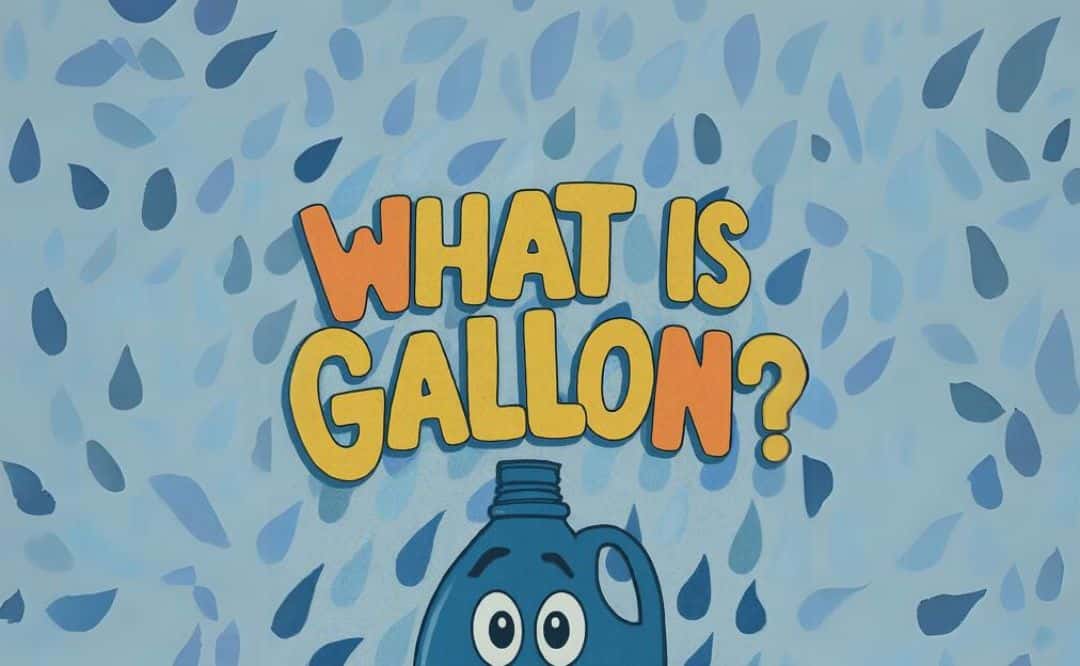Carissa Gray is an associate professor at Georgia State University and an Instructional Technology coach. She’s a leader in coaching educators on using relevant digital media to enhance academic achievement.
If you’re a college educator, take advantage of digital media and technology to bring relevant learning experiences to your students. Once you include digital media in your college classroom, you increase your student’s critical thinking, communication, and collaboration skills.
Read more about how incorporating digital media into your college classroom helps students’ academic performance and engagement.
Carissa Gray Coaches Educators on the Impact Digital Media Has on Learning in the College Classroom
Digital media offers the framework to motivate, engage, and communicate with your students. They experience the outside world through digital media, so it makes sense to bring their world into the classroom.
Understanding the best way to implement digital media to produce engaging learning outcomes is challenging. Developing effective assignments and classroom lessons requires technical skills that some students might not have.
Using digital media in your curriculum requires you to create course content as well as provide guidance to your students. It’s pointless to try engaging your students using digital media if they lack digital literacy.
If you’re willing to develop digital media skills and give your students the necessary guidance, you’ll see increased academic achievement, increased group collaboration, and improved digital literacy and critical thinking.
How Digital Media Promotes Critical Thinking Skills
Listening to a professor and taking notes is a thing of the past. Students aren’t passive content learners anymore. They’re active participants in emerging learning technologies that develop critical thinking.
Thinking critically is the key to success when engaging in digital media. As you introduce your students to exponentially growing digital information, they must decipher which content is authoritative and reliable.
As your class participates in online and mobile learning techniques, your students’ critical thinking skills improve. They learn to decipher complex networked content and digital information. Recognizing questionable web-based content requires them to evaluate websites using critical thinking skills.
What Are the Benefits of Digital Media in the Classroom?
Engaging and collaborating with your students through digital media introduces curriculum opportunities that aren’t available otherwise. It also develops complex thinking and digital skills they’ll need after graduation.
If you’re willing to spend the time and training to understand digital media and tech, you can create an innovative, engaging college classroom.
Here are a few tips offered to get the most out of digital media:
- Become familiar with digital technology and media before presenting it to students.
- Use digital resources, such as apps, video discussions, collaboration apps, and virtual presentations.
- Focus on educating students on accessing authoritative content.
Integrating digital media into your classroom allows you to develop learning experiences that engage your students wherever they are. Engaged students are more motivated and invested in their learning experience. Let your classroom be a hub for a compelling curriculum, communication, and collaboration that truly connects with your students.
Contact Carissa Gray at Instructional Technology Coaching for more information about services and training to revolutionize your college classroom using digital media.




